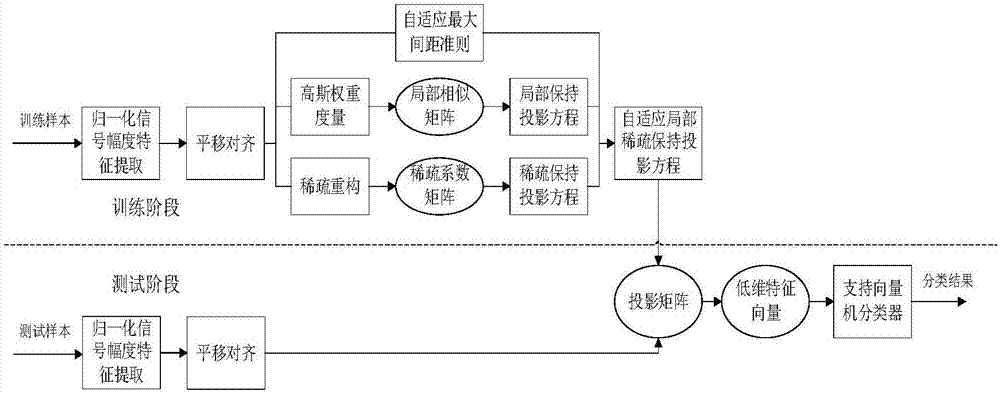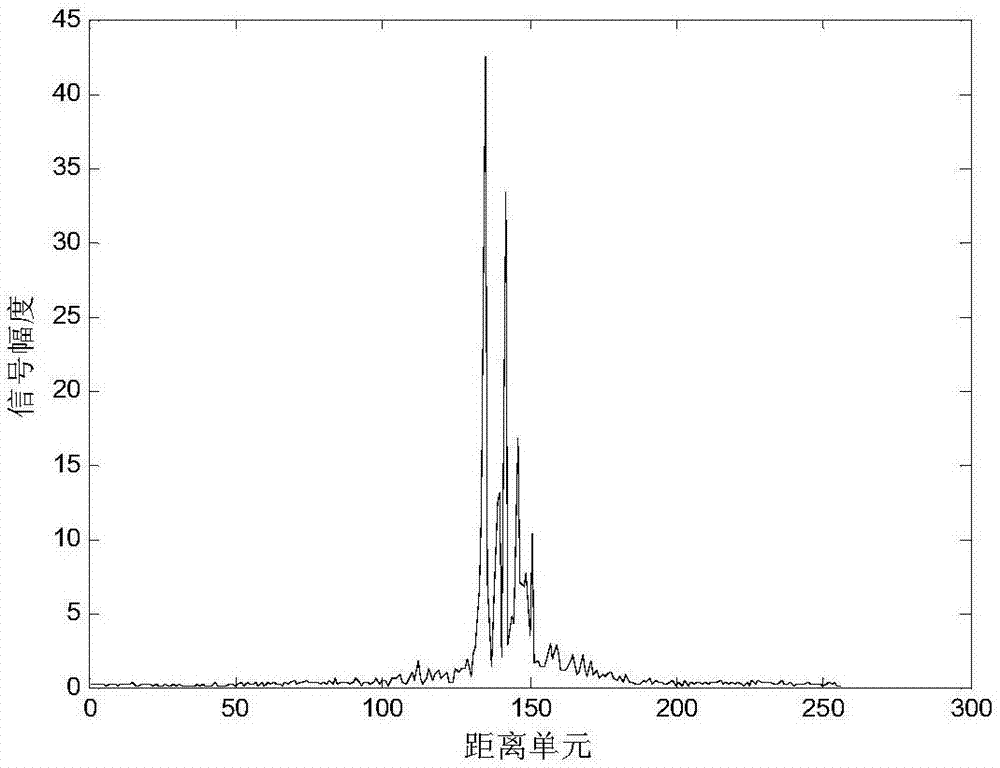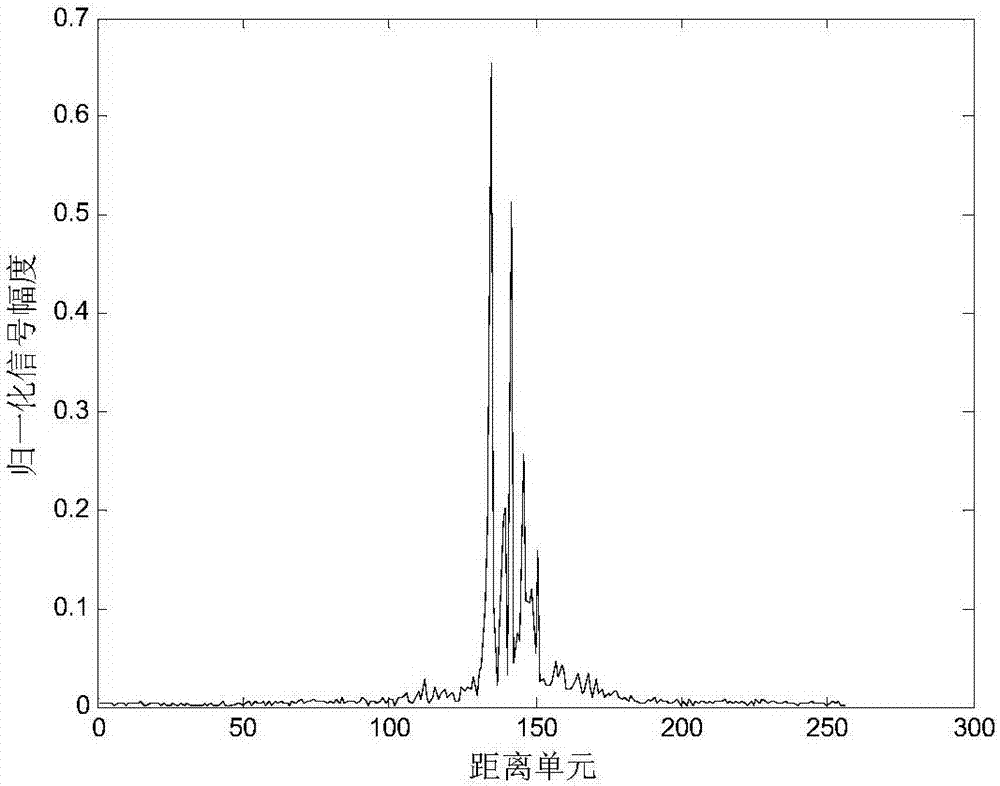One-dimensional range profile recognition method based on self-adaptive locality sparsity preserving projection
A technology that maintains projection and local sparseness. It is applied to pattern recognition in signals, character and pattern recognition, and computer components. It can solve problems such as lack of in-depth exploration of signal relationship, limited utilization of identification information, and weak anti-noise ability. , to achieve the effect of strong noise resistance, wide application range and high recognition accuracy
- Summary
- Abstract
- Description
- Claims
- Application Information
AI Technical Summary
Problems solved by technology
Method used
Image
Examples
Embodiment Construction
[0055] Embodiments of the invention are described in detail below, examples of which are illustrated in the accompanying drawings. The embodiments described below by referring to the figures are exemplary only for explaining the present invention and should not be construed as limiting the present invention.
[0056] The invention proposes a one-dimensional range image recognition method based on adaptive local sparseness preserving projection to realize low-dimensional feature extraction and achieve robust recognition of radar in interference environment. Due to the combination of sparse-preserving projection, local-area-preserving projection and adaptive maximum distance criterion, the internal structure information of the signal is fully excavated, and it is integrated into the low-dimensional feature extraction process. The recognized features control the amount of calculation and improve the recognition accuracy. In the later stage, the linear support vector machine is u...
PUM
 Login to View More
Login to View More Abstract
Description
Claims
Application Information
 Login to View More
Login to View More - Generate Ideas
- Intellectual Property
- Life Sciences
- Materials
- Tech Scout
- Unparalleled Data Quality
- Higher Quality Content
- 60% Fewer Hallucinations
Browse by: Latest US Patents, China's latest patents, Technical Efficacy Thesaurus, Application Domain, Technology Topic, Popular Technical Reports.
© 2025 PatSnap. All rights reserved.Legal|Privacy policy|Modern Slavery Act Transparency Statement|Sitemap|About US| Contact US: help@patsnap.com



